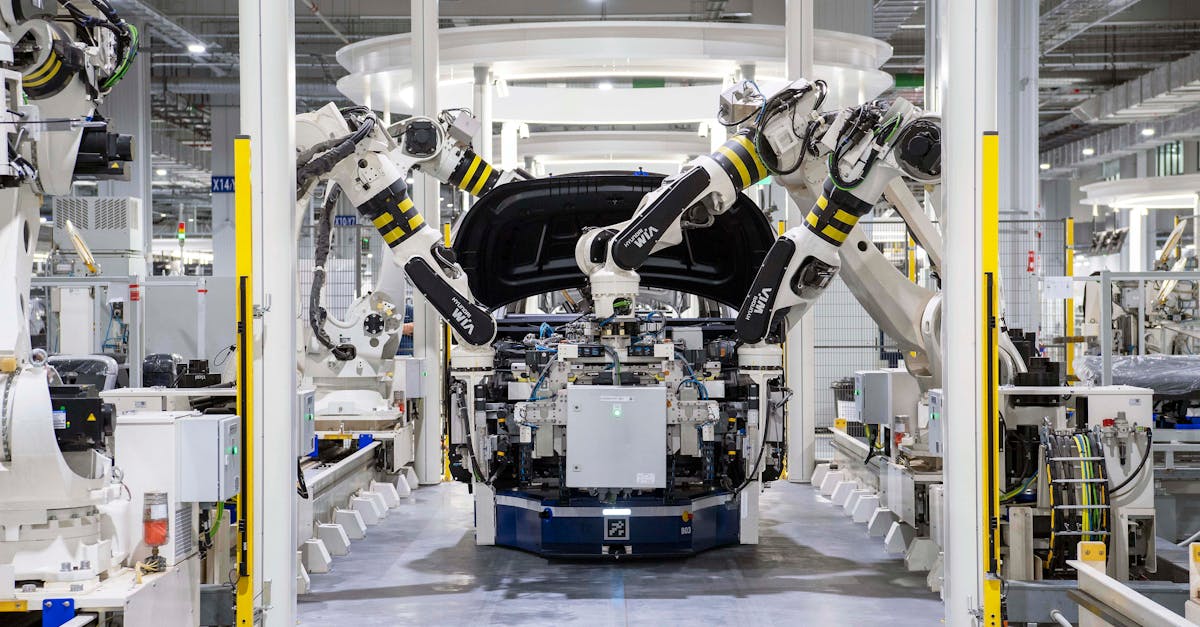
In the tech world, there is no hotter topic than cloud computing. Compared to a forecasted annual 5% growth in traditional enterprise IT, spending on cloud computing is expected to have a compound annual growth rate (CAGR) of 30% through 2018.Already generating 100B in spending in 2012, cloud technology spending is expected to reach nearly 300B by 2020.
The cloud comes from the basic concept of grid computing. Grid computing is the principle of pooling computing resources from multiple sources gathered to accomplish common goals.Simply put, the cloud is the Internet. Rather than storing and retrieving data from local hardware, you access your data over the Internet. While accessing your data through local computing is fast and reliable, your access is limited to the computers connected to the hardware.
1950's – The rise of the cloud stems from mainframe computing of the 1950's. Mainframe computing allowed multiple users to access a single central computer through access terminals. Mainframe computing allowed users to access the same pool of data, resources, and information. However, due to the cost of hardware, data storage, and access, mainframe computing was never economically feasible for general consumption.1970's – The next major step in cloud tech comes in the 1970's with the invention and use of VM's. VM's, virtual machines, are virtual computing environments that replicate computing architecture and functions (think operating systems, programs, applications), which remote users can access. VM's allowed for the smarter access and replication of computing resources while simultaneously lowering the cost of those computing environments.1990's – The next giant leap forward in building cloud tech comes with the rise of VPN's. A VPN, virtual private network, allowed companies to have direct point-to-point access to VM's of their ownership without having to worry about the outside intrusion. Through the VPN connection, companies could now connect their employees to company data, stored on company servers, from a remote location.
Today, cloud technology is directly impacted by the mobile revolution. With stronger and stronger Internet connectivity, the matching of cloud technology (VM's, VPN, the Internet, remote data) and mobile synced. Through the creation of apps stored in smartphones (an excellent update on dumb terminals of mainframe computing), mobile users gain an effective avenue to use, store and access remote data.Software that conventionally was purchased and upgraded every few years, enterprises now offer through the cloud. For example, Microsoft now offers Microsoft Office 365 for a monthly or annual subscription. Moreover, cloud technology entertainment companies (e.g. Netflix, Amazon Prime) are competing with—and winning—traditional cable and satellite companies, like Direct TV and Comcast.
Local computing still dominates cloud computing. However, the trend is rapidly changing. Over 42% of enterprises are investing in cloud technology and infrastructure. By next year, over 80% of global enterprises will be operating from the cloud in some capacity. More than half of enterprises are expected to have at least 50% of their infrastructures on cloud-based platforms by 2018.The growth and development of cloud technology are changing the way enterprises operate, and the way we live our day-to-day lives. The transformation is remarkable.BOLD VAN offers cloud solutions giving you access to EDI data from any device, from anywhere. For more information go to BOLDVAN.com, or call us 844-265-3777.Want to learn more about the cloud and EDI?

Stop Amazon EDI chaos. Unify your Vendor and Seller Central transactions to eliminate manual errors, mandatory compliance risks, and hidden mailbox fees.


Target's digital fulfillment is changing EDI compliance. Learn the risks (chargebacks, volatility) and opportunities for suppliers. Get a practical framework to sync your EDI, ERP, and VAN to secure your cash flow and growth.